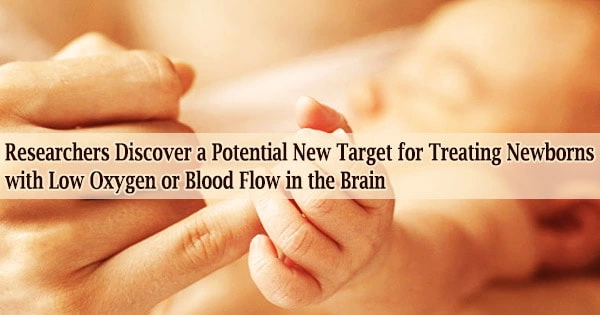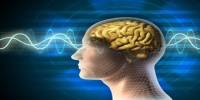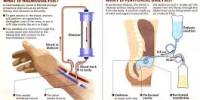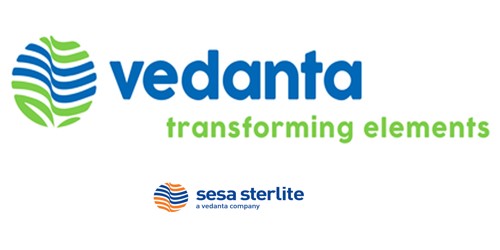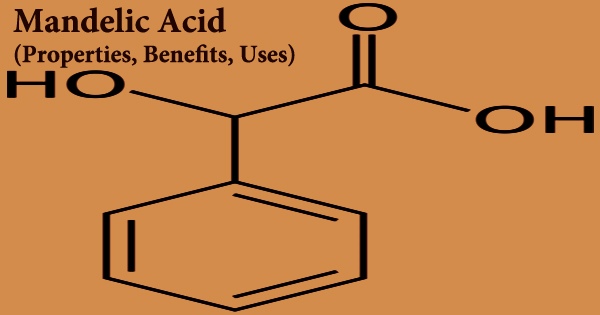A shortage of oxygen or blood flow in the brain during labor or delivery is one of the most common causes of impairment or death in neonates. Hypoxic-ischemic encephalopathy (HIE) can cause severe brain damage, which is why Case Western Reserve University School of Medicine and UH Rainbow Babies & Children’s Hospital (UH Rainbow) researchers are researching the condition to see how it’s treated and come up with new, more effective treatments.
Hypoxic refers to a lack of oxygen; ischemia refers to a lack of blood flow, and encephalopathy refers to a brain condition. HIE can develop during pregnancy, labor, and delivery, as well as after the baby is born.
HIE can result in lifelong disabilities due to issues with the umbilical cord, uterine ripping, blood circulation abnormalities in the placenta, and other factors. Hypothermia, or reducing the infant’s body temperature to lessen the metabolic rate and inflammation in the brain, is currently the only treatment for HIE.
In addition to hypoxic-ischaemia, encephalopathy in newborns can be caused by a variety of causes. The cause can be determined using a mix of meticulous history, examination, and the appropriate application of investigations.
According to new research published in Pediatric Research by Case Western Reserve University and UH Rainbow Babies and Children’s Hospital, this technique does not cure brain damage caused by HIE.
“Hypothermia reduces the brain injury, but does not cure the baby,” said senior author Cynthia Bearer, MD, PhD, professor at the School of Medicine and chief of Neonatology at UH Rainbow. “We are studying why the HIE injury remains after hypothermia because it did not reverse the damage. It’s a common condition that affects between 1 and 3 out of every 1,000 infants.”
The proportion of the protein in lipid rafts increased by seven-fold in some cases. These changes persisted after hypothermia. The same increase in the proportion of L1 protein in lipid rafts occurred even when the research models were not treated by hypothermia, which shows hypothermia did not reverse this effect of HIE.
Cynthia Bearer
The intensity and extent of the brain injury, as well as the parts of the brain that were affected, all influence the symptoms of HIE. Cooling the newborn for three days is the immediate treatment for infants born with HIE. There may be less brain harm if the brain is cooled just a few degrees below normal body temperature immediately after birth, according to research.
Many processes in baby brain development rely on the function of lipid rafts, which are cell membrane components that act as messengers, bringing proteins together and signaling cell action. Because lipid rafts play such an important part in brain development, the researchers believe they may hold the key to reversing the brain damage caused by HIE.
The researchers discovered an increase in the amount of a protein called L1 cell adhesion molecule in lipid rafts in rat models. This increase was discovered in the cerebellum on both sides of the brain. In newborns, the cerebellum plays an important role in the development of motor, cognitive, and emotional processes.
“The proportion of the protein in lipid rafts increased by seven-fold in some cases. These changes persisted after hypothermia,” said Bearer, who is also the William and Lois Briggs Chair in Neonatology.
“The same increase in the proportion of L1 protein in lipid rafts occurred even when the research models were not treated by hypothermia, which shows hypothermia did not reverse this effect of HIE.”
According to Bearer, the data suggest that hypothermia alone is ineffective in correcting the symptoms of HIE and back up the team’s theory that lipid rafts could be a target for more successful treatment.
Dietary interventions, for example, could be worth additional investigation, according to the researchers, with a focus on a vitamin called choline. Choline is found in a variety of foods, particularly egg yolks, and is important for brain development and lipid raft formation.
“This study is the first of its kind to look at lipid rafts and their involvement in HIE,” Bearer said. “I am encouraged that these results will lead to more effective interventions to prevent brain injury.”
